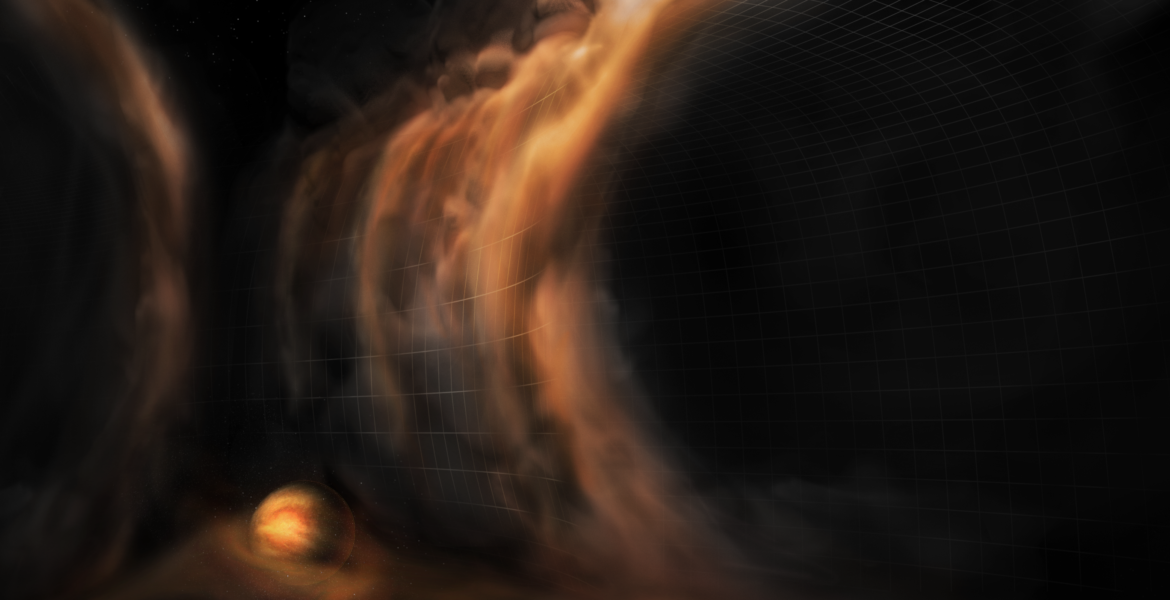NRAO: Gas ‘Waterfalls’ Reveal Infant Planets around Young Star
Posted: Wed Oct 16, 2019 6:45 pm
Gas ‘Waterfalls’ Reveal Infant Planets around Young Star
National Radio Astronomy Observatory | 2019 Oct 16
Cascades of Gas around Young Star Indicate Early Stages of Planet Formation
Carnegie Institution for Science | via EurekAlert | 2019 Oct 16
Meridional Flows in the Disk around a Young Star ~ Richard Teague, Jaehan Bae, Edwin A. Bergin
viewtopic.php?t=39467
viewtopic.php?t=38971
viewtopic.php?t=38370
National Radio Astronomy Observatory | 2019 Oct 16
For the first time, astronomers using ALMA have witnessed 3D motions of gas in a planet-forming disk. At three locations in the disk around a young star called HD 163296, gas is flowing like a waterfall into gaps that are most likely caused by planets in formation. These gas flows have long been predicted and would directly influence the chemical composition of planet atmospheres. ...
The birthplaces of planets are disks made out of gas and dust. Astronomers study these so-called protoplanetary disks to understand the processes of planet formation. Beautiful images of disks made with the Atacama Large Millimeter/submillimeter Array (ALMA) show distinct gaps and ring features in dust, which may be caused by infant planets.
To get more certainty that these gaps are actually caused by planets, and to get a more complete view of planet formation, scientists study the gas in the disks in addition to dust. 99 percent of a protoplanetary disk’s mass is gas, of which carbon monoxide (CO) gas is the brightest component, emitting at a very distinctive millimeter-wavelength light that ALMA can observe.
Last year, two teams of astronomers demonstrated a new planet-hunting technique using this gas. They measured the velocity of CO gas rotating in the disk around the young star HD 163296. Localized disturbances in the movements of the gas revealed three planet-like patterns in the disk.
In this new study, lead author Richard Teague from the University of Michigan and his team used new high-resolution ALMA data from the Disk Substructures at High Angular Resolution Project (DSHARP) to study the gas’s velocity in more detail. “With the high fidelity data from this program, we were able to measure the gas’s velocity in three directions instead of just one,” said Teague. “For the first time, we measured the motion of the gas rotating around the star, towards or away from the star, and up- or downwards in the disk.” ...
Cascades of Gas around Young Star Indicate Early Stages of Planet Formation
Carnegie Institution for Science | via EurekAlert | 2019 Oct 16
Meridional Flows in the Disk around a Young Star ~ Richard Teague, Jaehan Bae, Edwin A. Bergin
- Nature 574(7778):378 (17 Oct 2019) DOI: 10.1038/s41586-019-1642-0
viewtopic.php?t=39467
viewtopic.php?t=38971
viewtopic.php?t=38370

